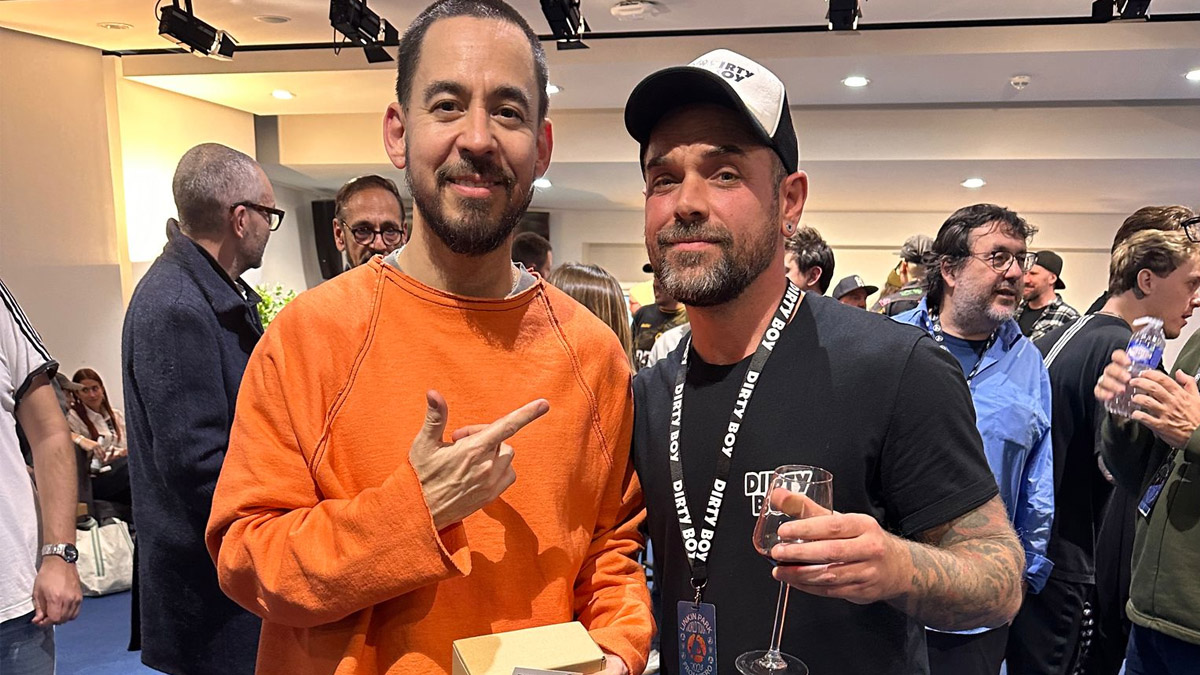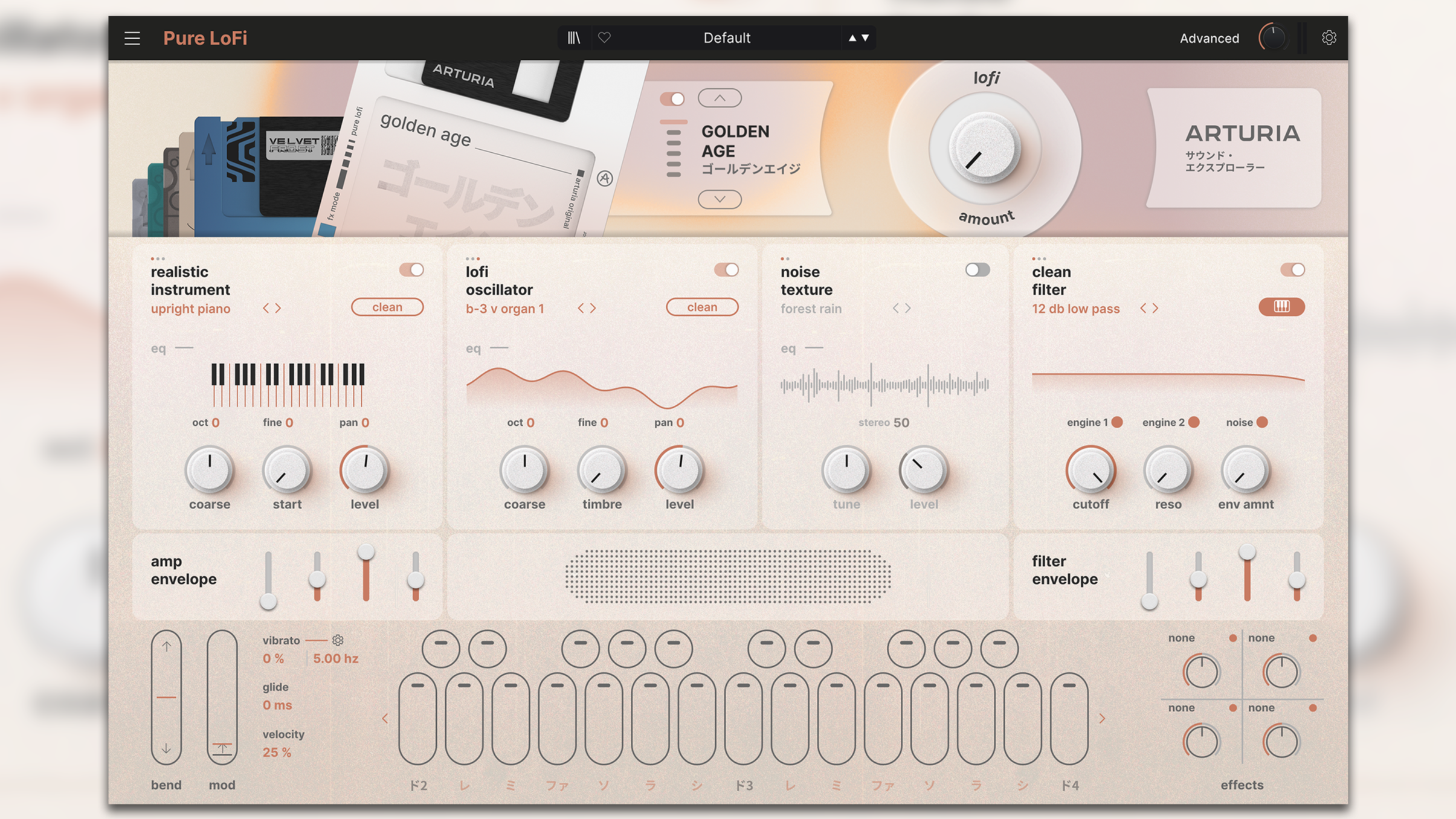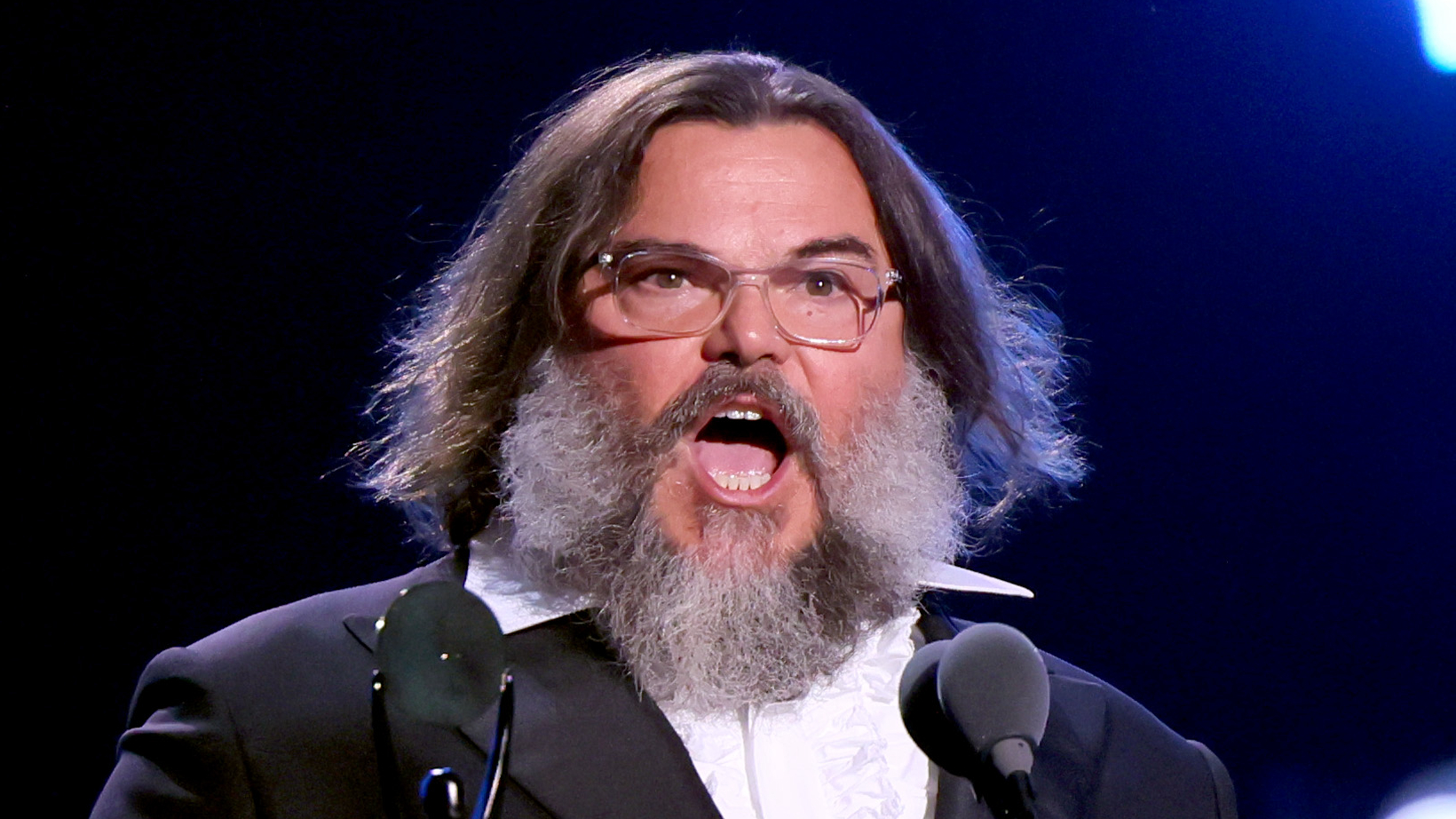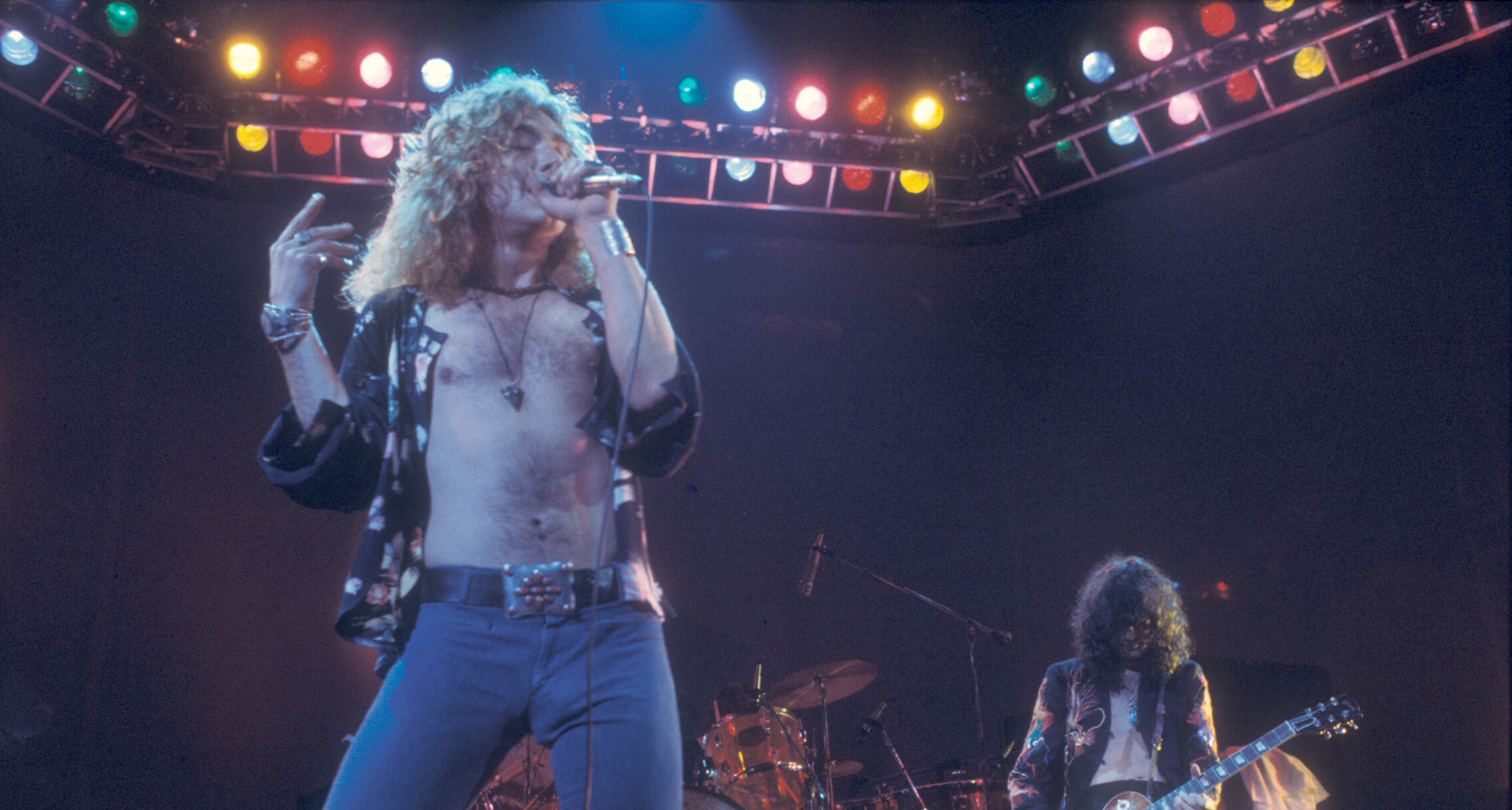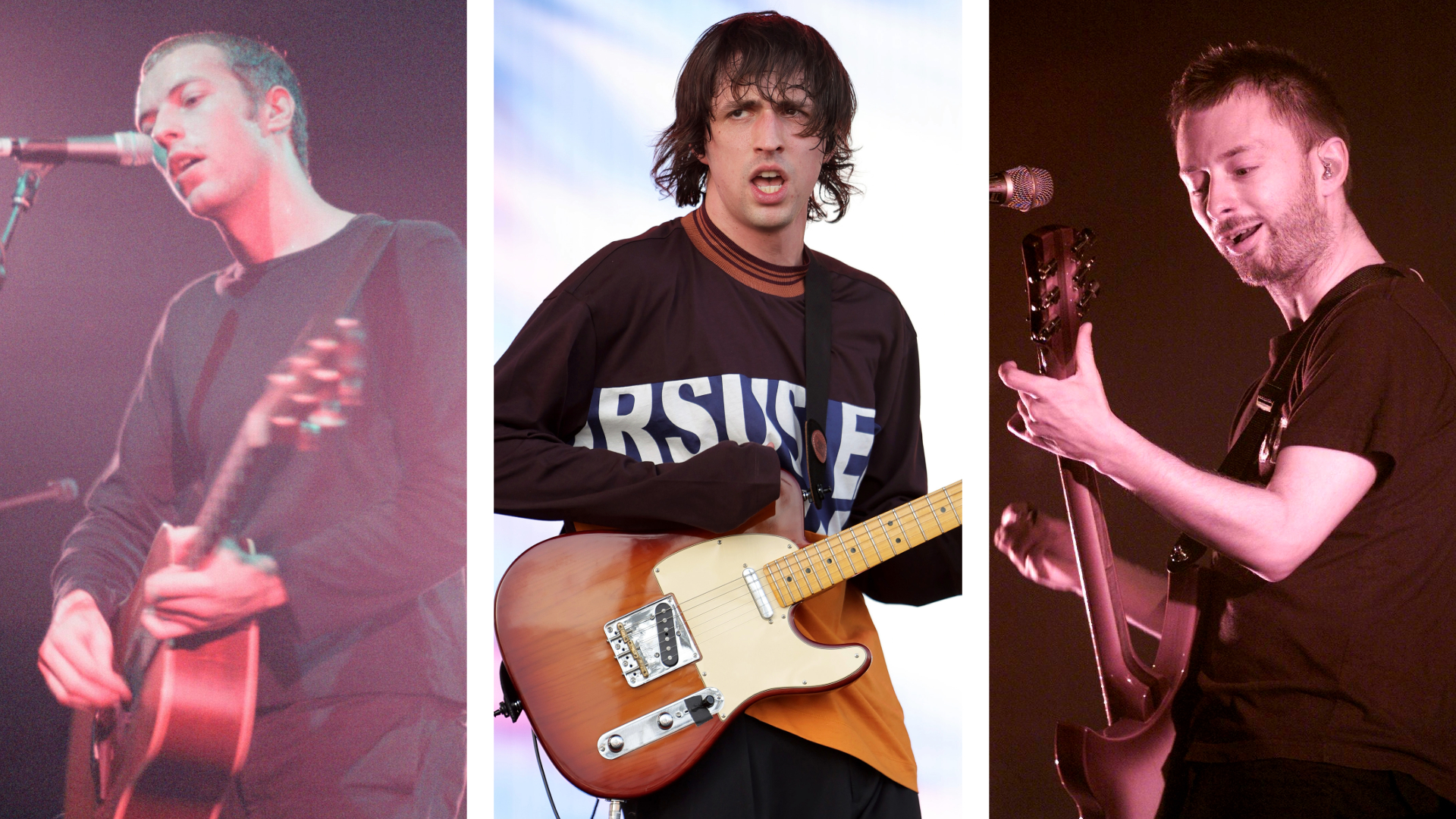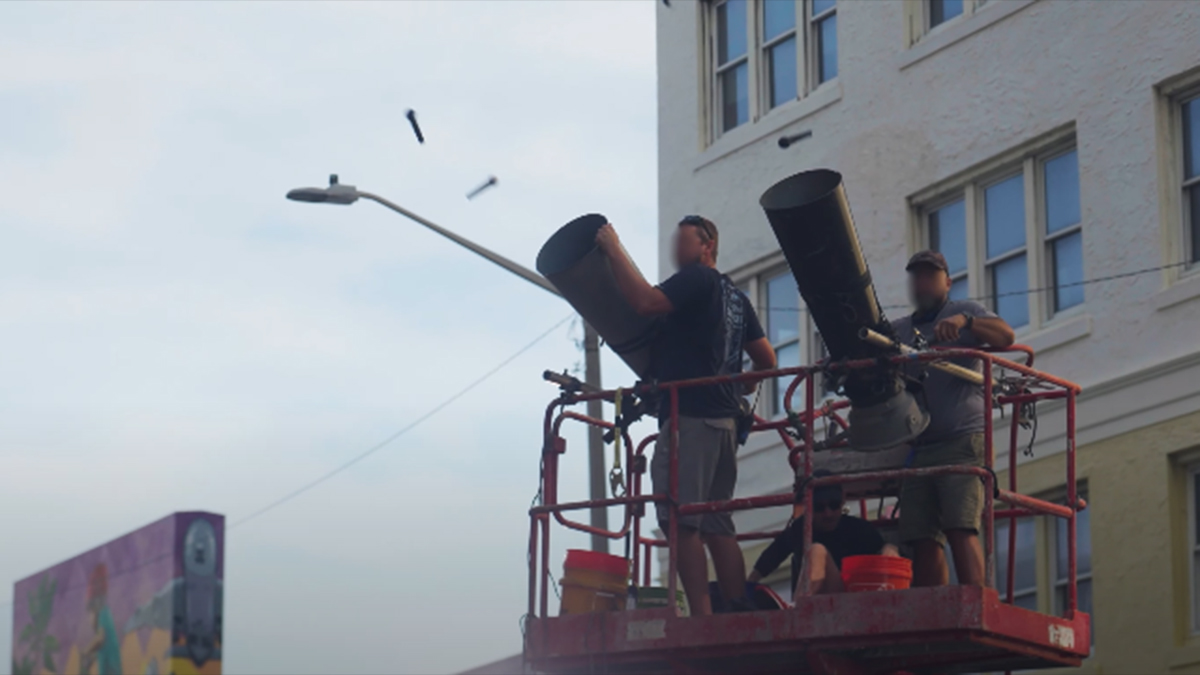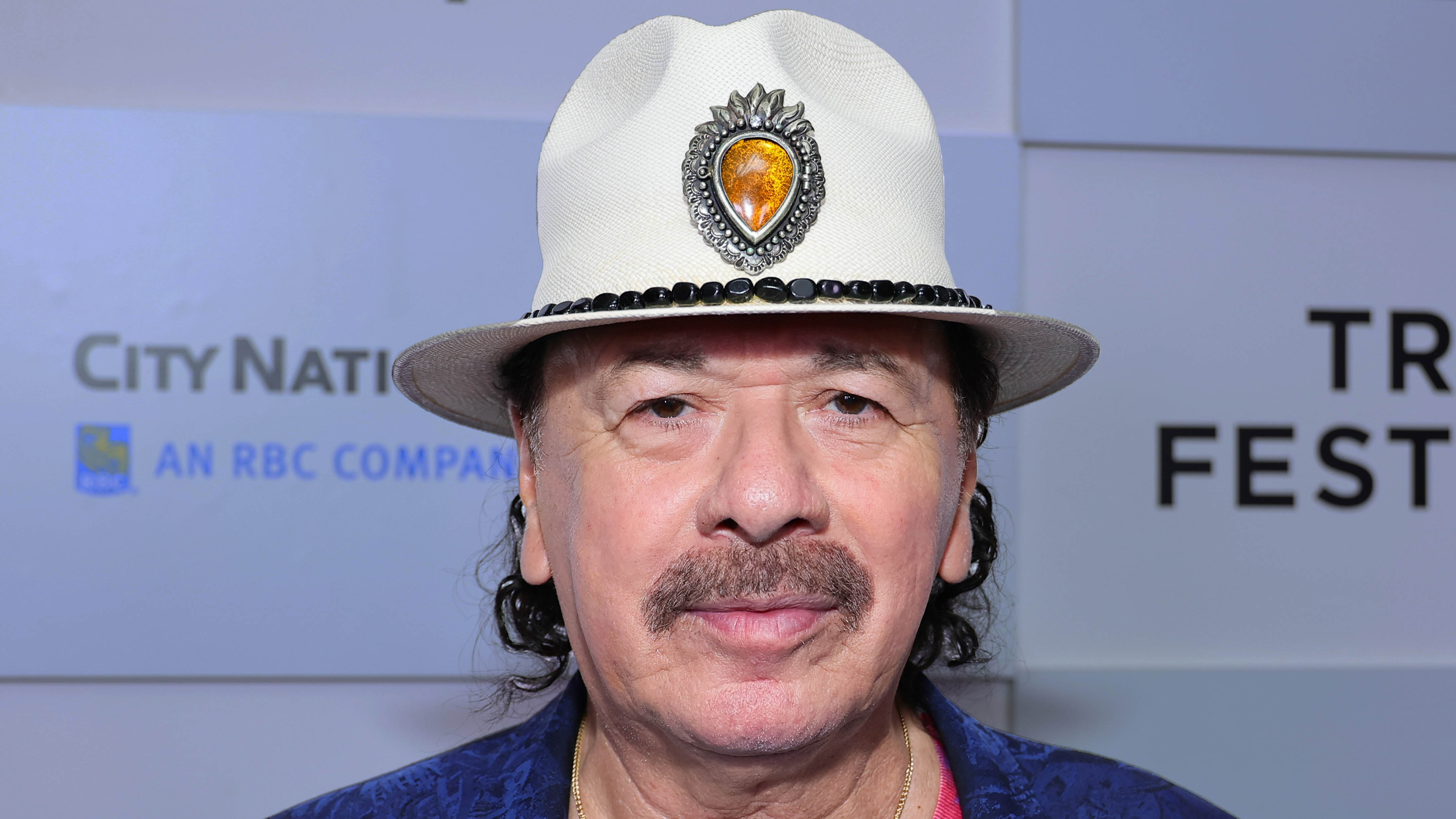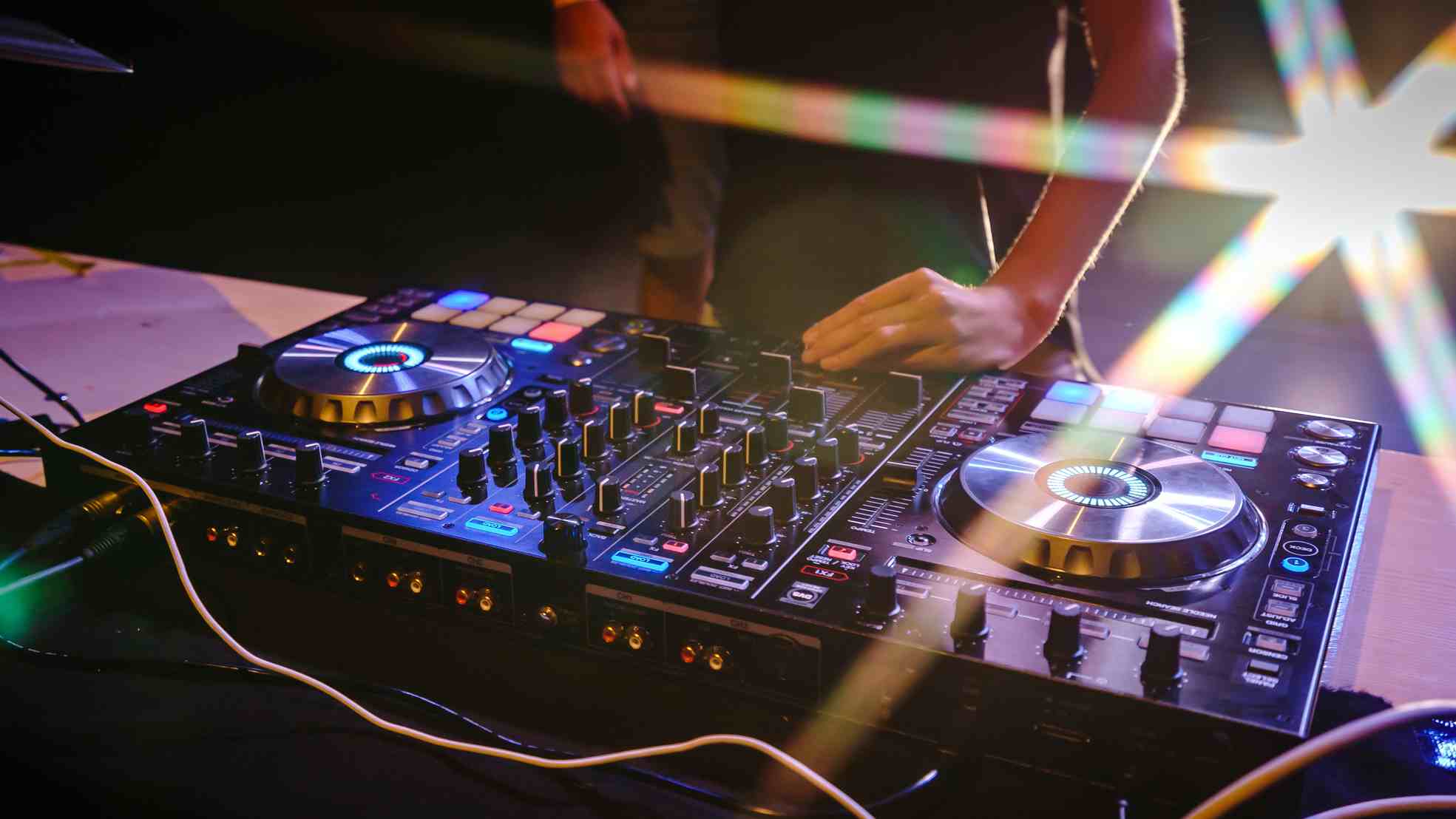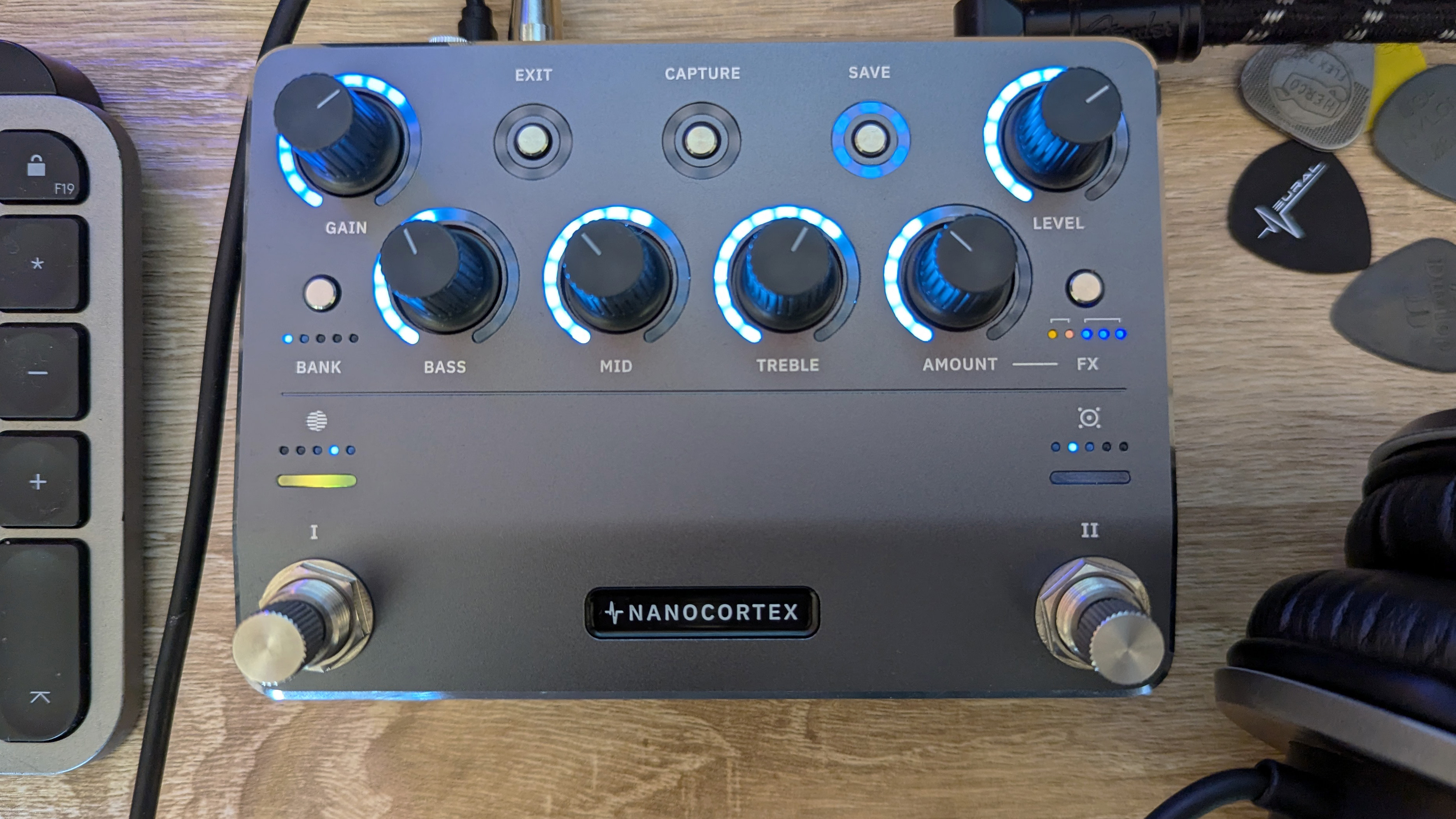Bonobo on making music alone and the power of software
"The bizarre thing is that working on Ableton feels like the early days with the Atari and the 950. It's got that same vibe; it feels exciting again!"
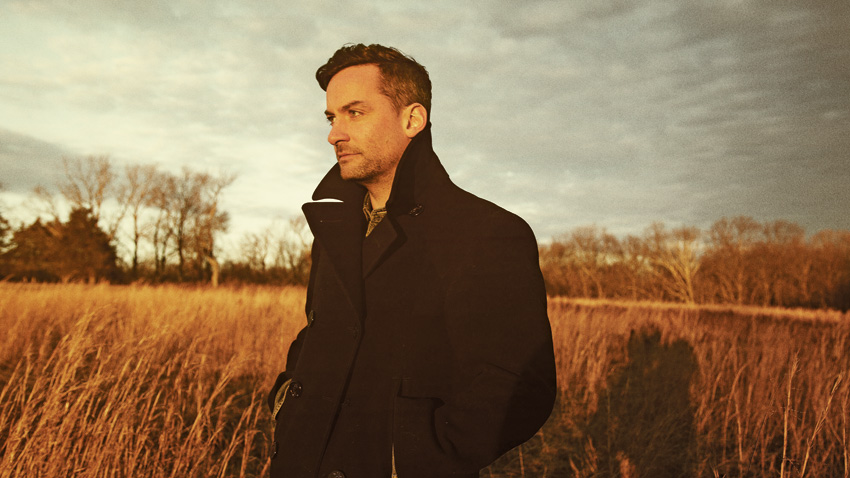
"Thank God computers have made studios a bit more portable," laughs laid-back beat-maker Si Green, better known as Bonobo. "For the next six months, I will be technically homeless; I've given up my apartment in New York and spend my days flitting between tour bus and hotel room. But as long as my MacBook is with me, the studio is with me. Imagine not being able to make music for six months - that would be awful!"
Green is currently at the tail end of his mammoth North Borders tour - it started in April 2013! - and will be finishing off the 20-month trek with a night at London's Alexandra Palace in November. "The live thing really seems to have taken off," he says. "What I really enjoy is the variety you can bring to a live show. Sometimes it's a six-piece band, sometimes more; some numbers are just me and a drummer; there are bits with a vocalist with strings; some are just me throwing stuff into Ableton and playing a bit of guitar. It's nice to surprise an audience - it keeps the music on its toes."
Did you ever imagine the North Borders tour would last 20 months?
"Are you kidding? Like I said, I ended up travelling for so long that I didn't actually need a home. Keeping the place in New York seemed pointless. Being homeless doesn't bother me, though. I like the idea of starting every new project in a new environment… a new city."
What's actually up on stage with you?
"It depends. The default touring band is six people - drummer, me, keyboards and horns - but that gets beefed up when we do the bigger shows. I send a click from Ableton to the drummer, and that allows me to fire sections in whenever I feel like it. Quite simple, really. I've just switched over to a couple of little RME Fireface [UCX] audio cards, and they're fantastic for live work. Super-stable. You can pull a cable out in the middle of a song, plug it back in and they don't miss a beat."
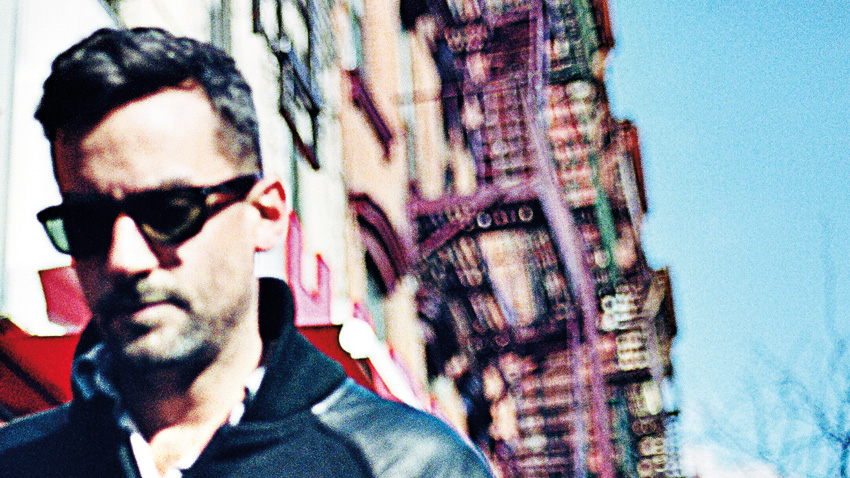
Even in the early days, had you decided that Bonobo was going to be more than just one bloke making beats?
Get the MusicRadar Newsletter
Want all the hottest music and gear news, reviews, deals, features and more, direct to your inbox? Sign up here.
"Well, the funny thing is that, most of the time, it is just one bloke making beats. Because of the live shows, people have this idea that it's a completely collaborative thing, but 99% of the last album was just me. I played all the keys and the guitars, bass, programmed the drums and mixed it. I think I had one afternoon of horns and one afternoon of strings, and that was the only live stuff on the whole album.
"I like making music on my own. I work well when it's just me in a room. That was the thing that first attracted me to a sampler back in the 90s: Here was a grey box that allowed me to do everything on my own. Suddenly, I didn't need to be in a band."
Your early albums were all sample-based. Is that still how you work?
"Yes… Sort of. I guess the samples are more like chunks of audio these days. But, yes, the process is still pretty much the same. When I first shifted to Logic - over ten years ago - I tended to work on-screen with passages of sound; but, as technology got more creative, I've sort of drifted in and out of using soft samplers.
"The other thing that's changed, of course, is the actual amount of stuff that's crammed into a song. If you listen back to the early singles like Terrapin and The Sicilian, they're very basic - just five or six loops coming in and out. But they were made with an incredibly basic setup: an Akai S950 and a knackered Windows PC running Cakewalk.
"I jokingly tell people that I upgraded to an Atari ST. As a computer, it was even older than my crappy PC; but as a music tool, it was a massive leap forward. Cubase, the Atari, a 90-quid Zoom effects unit, a [Roland] Juno and a little Mackie desk. Amon Tobin lived just up the road from me when I was in Brighton, and he eventually gave me his S3000 sampler, which meant I could finally sample in stereo.
"Amon Tobin lived just up the road from me when I was in Brighton, and he eventually gave me his S3000 sampler, which meant I could finally sample in stereo."
"The next big step was buying a G4 [Mac] and getting my head around audio. At first, like most people, I tended to use the computer as a glorified tape machine, still relying on keyboards and samplers. But Logic gave me access to things like decent compressors and EQ… stuff I'd never really worried about before."
It's always interesting to talk to artists and producers about those first few months working 'in the box'. Not everybody embraces the big change.
"And I was one of them!"
Worried about ditching the Juno?
"No, it wasn't just that. I didn't like the clocks on the Mac. You ask anybody about the timing of the Atari and they will tell you it was spot on. The Mac seemed to be a bit… clunky. I remember I was doing the Pilote remix of Turtle, and the Mac seemed to be all over the place. Even to this day, nothing beats the Atari.
"I think it took until about 2005 or 2006 - whatever version of Logic that was - before I was really happy working in the box. That's when it all started to fit into place and, almost without thinking, the studio started shrinking."
And today it's just a MacBook? Literally, just the laptop?
"There's some stuff in storage in New York and London, but all I travel with is the RMEs and the laptop running Ableton. I only switched over to Ableton after 9 was launched. Up until then… well, I'd always seen it as a sort of DJ tool. I remember having a look at one of the very early versions and just thinking, 'What does this offer me?' But the whole EDM scene in America was fuelled by Ableton, so it was getting harder and harder to ignore it.
"At first, I only used it for the live shows, but there was a day when I decided to have a go at making a complete tune and I suddenly got it. I couldn't go back now. OK, maybe the audio engine is not the best out there, but the audio editing is inspiring. The bounce and edit functions… being able to drop one transient from a waveform and warp it in any direction. The bizarre thing is that working on Ableton feels like the early days with the Atari and the 950. It's got that same vibe; it feels exciting again!"
You've used analogue synths and Fender Rhodes electric pianos a lot in the past. Are those sort of sounds all provided by software now?
"After talking to Kieran Hebden [aka Four Tet], I decided to get the Arturia V Collection, and it sounds fantastic. Yes, I've got a real Prophet-5 and I absolutely love it, but having those sounds inside the computer is just a lot more practical. There have been times when I've written something on a soft synth and thought, 'Right, I'll do that on a real Juno when I'm in the studio.' But half the time, my attempts to recreate what I did on the soft synth end up sounding worse.
"As for the Rhodes and Wurlitzer, to be honest, I think I've moved on a bit from that whole Rhodes sound. I've been there, done it, and I'm looking for something new. Obviously, there are a lot of Rhodes, Wurlitzer and Hammond presets out there, and what I've been doing is tweaking those presets to make them more interesting. Why try and make software sound 'exactly' like a Rhodes? The Rhodes already sounds like the Rhodes. Get something that's Rhodes-esque and design yourself a whole new palette.
"Do they sound as good as the real thing? Look, we all accept that a Rhodes through a good amp sounds amazing; the software versions certainly lose a bit of warmth from the bottom end, but the payback is that you get all this other extra stuff that allows you to create something weird and wonderful. Isn't that more exciting than reaching for that default 'classic' sound for every song? There's a whole universe of noise out there, and why should anyone ignore it?"
"Look, we all accept that a Rhodes through a good amp sounds amazing; the software versions certainly lose a bit of warmth from the bottom end, but the payback is that you get all this other extra stuff that allows you to create something weird and wonderful. Isn't that more exciting than reaching for that default 'classic' sound for every song?"
Is all of your processing/production work done inside Ableton Live?
"There are a few third-party gizmos that I couldn't live without. The PSP Vintage Warmer is on everything; the SoundToys stuff goes well beyond anything you'd expect from a delay unit - it almost has a voice of its own; and CamelPhat is a versatile combined filter and overdrive - a very creative tool.
"But when it comes to things like EQ, I'm pretty happy with what's on offer in Ableton. Yeah, it would be nice to have all Abbey Road plugins, but if all I'm trying to do is get rid of a certain frequency, the onboard EQ is fine. I don't want to be spending two days on a job that really ought to take two minutes."
There was a lovely warm, almost seductive feel to the last couple of albums. Is mixing down a lengthy process?
"It's an ongoing process. I think that if you come from a traditional band setup, you're more likely to think of the recording and production as two distinct processes, but when you come from a samples-and-synths background, it's all done on the fly. You look for the right kick drum, you add the right snare and get the levels right; OK, move on to the next sound.
"The one thing I might do right at the end is drop all the levels to zero and bring things in one at time, just to make sure there's nothing amiss, but there's not much in terms of actual 'production' going off at that point. If a guitar isn't sounding right at that stage, then it's probably never going to sound right.
"That's why it's so important - especially when you're recording anything live - to spend time getting the sound you're after right at source. Don't be tempted to think, 'Oh, I'll fix it later.' When I was recording Black Sands, I noticed that my guitars seemed to sound really sweet at one particular spot in the living room, which was one floor below the studio. I ended up running mic cables from the studio, out the window, down the wall and in through the living room window. I set up a Rode NT1 and a U87, ran back upstairs, set record, back down, played a bit, back upstairs to check levels… you get the picture. It was a day of hassles, but I got great-sounding guitars, so it was all worth it."
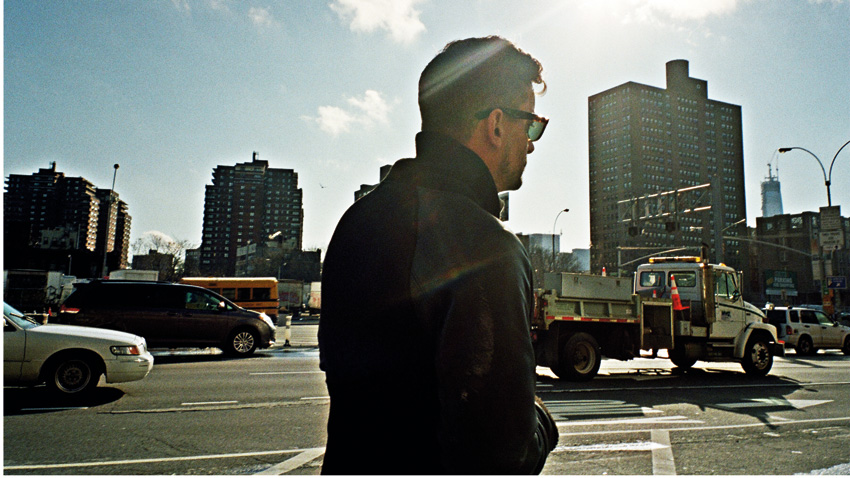
You've featured quite a few guest vocalists over the years - Erykah Badu appeared on The North Borders. Do you always know what you want them to sing and how you want them to sing it?
"There has to be give and take on both sides. I might have an idea for a vocal, but then I get the demos back and there are gorgeous melody lines that I could never have come up with. With Erykah, there was a lot of to-ing and fro-ing, but other times, I've listened to a first take vocal and said, 'Yes, that's the one.' It's all about trying to find out what works for both parties."
Not sure if you've noticed, but people sometimes find it really hard to describe your music. They don't know what to call it.
"[Laughs] Yeah, I had noticed that. I quite like it."
What do you call it?
"I grew up listening to folk music with my dad, psychedelic stuff with my mum, the likes of My Bloody Valentine and Spiritualized in my teens, Dinosaur Jr., hip-hop, jazz, loads of weird shit from charity shops… I suppose the music I make has been influenced by all of that - a compilation of those sounds. What do I call it? Does it really matter?"
As Bonobo's massive North Borders tour comes to a close, get the album - The North Borders Tour - on Ninja Tune from 6 October, and see the final, epic show at Alexandra Palace in London on 28 November.


Computer Music magazine is the world’s best selling publication dedicated solely to making great music with your Mac or PC computer. Each issue it brings its lucky readers the best in cutting-edge tutorials, need-to-know, expert software reviews and even all the tools you actually need to make great music today, courtesy of our legendary CM Plugin Suite.
Arturia’s V Collection gets a Roland JP-8000 emulation and lo-fi synth/sampler, along with five more instruments and a host of updates
Capture the sound of The Last of Us season 2's haunting soundtrack with Spitfire Audio’s latest software instrument, Ronroco by Gustavo Santaolalla

